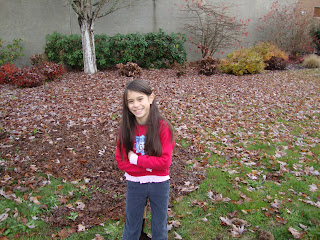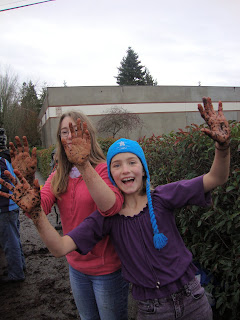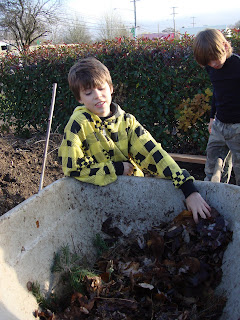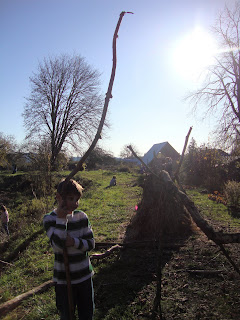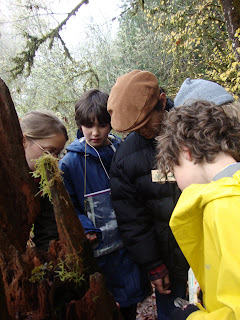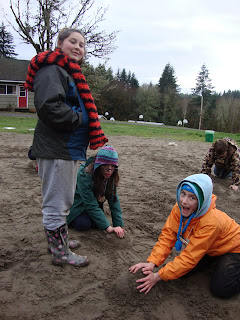On recent Out and Abouts, Barn Swallows and Tree Swallows have been hard at work learning wilderness survival skills. Before the cold drove us inside for the Fall, students learned to make shelters using natural materials.
Several weeks ago, students began preparations by investigating how animals make their homes. Sherry's Barn Swallows went on a search for homes underneath a rock or log, and recorded the living creatures they discovered there, from slugs and worms to colorful fungi. Karen's Tree Swallows used cameras to record natural animal homes they found all around B Street. They photographed hollow logs, bird nests, and gopher holes, and used their knowledge to predict who might make a home there.


Next, the classes read about building shelters from a wilderness survival guidebook, and spent one week investigating B Street to find excellent locations for a shelter. They had to consider many factors, such as the slope of the land, water drainage, the direction of the sun, and natural hazards that might endanger their shelter!
Once a prime spot was chosen, teams of students had the opportunity to practice building their own shelters! One type of shelter is a wiki-up, a stick structure similar to a teepee, insulated with leaves and other debris. Find a nearby swallow student, and I'll bet that he or she can explain all the steps to build this shelter. The second type of shelter students built was a lean-to. This was a challenge for all the groups, but with amazing teamwork, they succeeded beautifully! See below for pictures:



